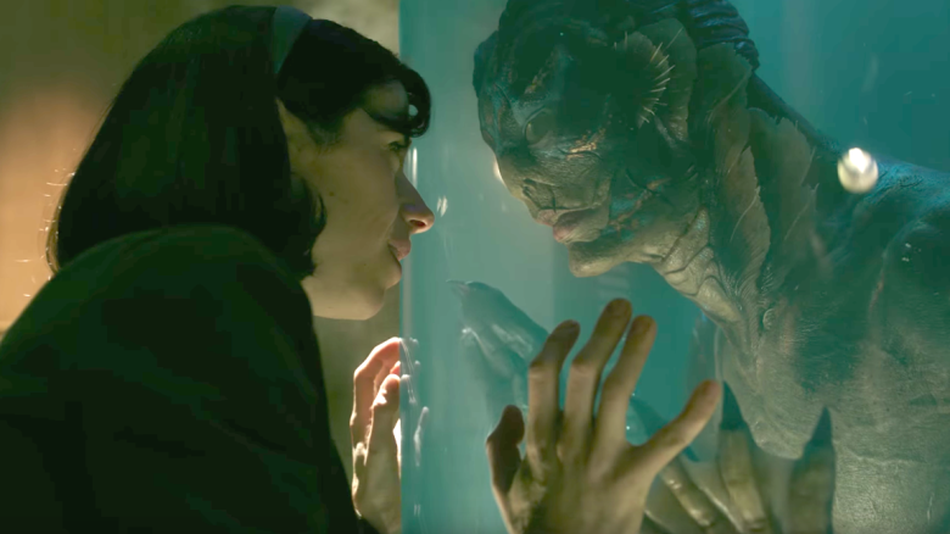By Tung Nguyen, Online Editor
In the year of 2018, the world has seen a “fairy tale” winning an Oscar for the Best Picture, one of the most prestigious award that a director could achieve. The Shape of Water had overcome its outstanding competitors to be one of a very few fantasy film, if not the only one, to win the Academy Award, thank to president Trump.
President Trump has been a center of many comedic criticisms coming from the Hollywood’s world, if we can recall the opening monologue of Jimmy Kimmel in the last Oscar event. In this year, more than just gently mocking the president through monologue, many films, which subtly ridicule the presidency and the United States’ society after the election, were chosen to compete for the Best Picture such as Three Billboards outside Ebbing, Missouri and The Shape of Water.
Throughout the many years of the Oscars, I have to admit that the political factors are becoming more and more important and, probably, surpassing the pure cinematic factors. To be clearer, briefly analyzing The Shape of Water is essential.
The United States’ society during the 1960s is a picture with many contradictory colors. The blue color represents the hope of a better future with massive technological and economical progressions.
The yellow color brings up the remnants of racism toward many people of minorities and red provokes the potential threats coming from the intense rivalry against the Soviet Union. With Elisa Espotito, her life is surrounded by the grey color.
Living in a dreary apartment above an old movie theater in Baltimore and working as a regular janitor in a secret government laboratory during the Cold War, Elisa only has one silver lining that lights up her life as a muted woman: her friendship with Giles, a homosexual painter, and Zelda Fuller, her colored co-
worker. Each of them represent a minority that has been suppressed in centuries by the United States’
society.
However, the color of love found Elisa when she meets “the Asset,” an amphibian-humanoid creature
founded near a South American river. In “the Asset”, Elisa sees a silent friend who shares the passion of music, of dancing and some boiled eggs with her. More than that, they are both lonely and crushed by something bigger. If “the Asset” is physically and continuously damaged by Colonel Richard Strickland, a
representative of a “higher power,” then Elisa is emotionally damaged by her co-workers’ daily complaints, who are the representatives of the United States’ society, because of her disability.
In my opinion, this particular picture is reminiscent of what is going on in the United States’ political arena nowadays under Trump’s presidency: the government stepping on the minorities to reach its own purposes. The images of President Trump constantly mocking a woman of disability as well as disdaining a journalist because of her “regular job” did enrage the public a year ago. Even though The Shape of Water had a big chance of becoming a “so-so” movie like some other movies from Guillermo Del Toro
such as Hellboy, these images from the president somehow pulled its own trigger and pushed The Shape of Water to a massive success.
The depiction of the current presidency cannot be perfect without the last suppressed group, which has been focused mostly on by the president himself: the Mexican immigrants. With his Oscar’s
acceptance speech emphasized on his own Mexican origin, let us guess who put the last puzzle piece in the panorama that subtly implies the “political incorrectness” of President Trump? The Academy Award winner: Director Guillermo Del Toro.
